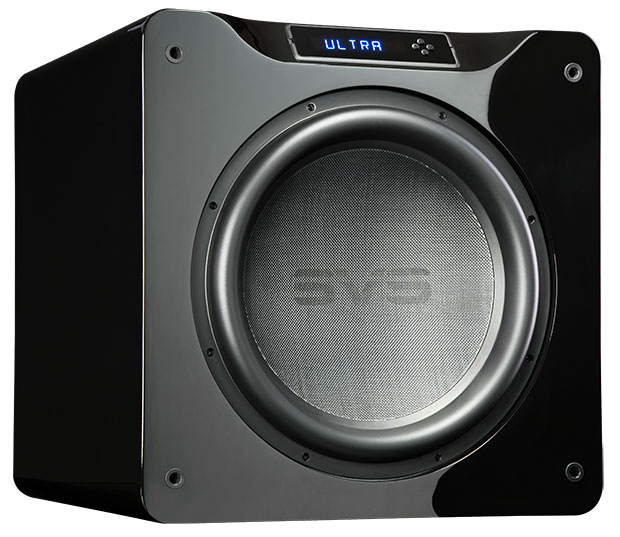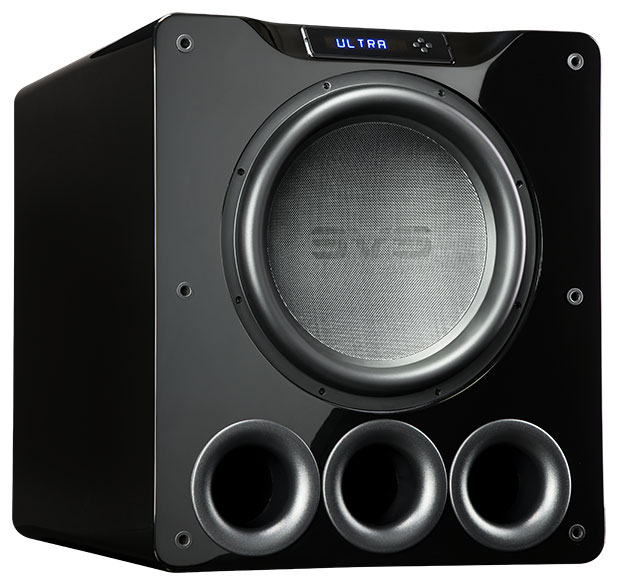|
Above: SVS SB16-Ultra Sealed Subwoofer >> Number 1: Sound Quality A sealed design allows a subwoofer to exhibit lower group delay, which is a measure of how fast the acoustic phase of the system changes. In layman’s terms, phase is the time difference between two soundwaves as they reach your ears and sealed subwoofers can move air a little quicker to align with speaker output, so you get a slightly more coherent and better-integrated sound. That's why the sound of sealed subwoofers is sometimes described as “tighter” and more “articulate” and often chosen for critical music listening. Above: SVS PB16-Ultra Ported Subwoofer Ported subwoofers can reach lower on the frequency spectrum and render the most demanding low frequency content with more vigor at higher volumes, but these are not the only consideration. A ported subwoofer can also be incredibly musical, just like a sealed subwoofer, while providing palpable, chest-thumping bass for home theater. It’s more about a preference towards one sound or the other, along with other variables, than a hardened rule.
Go To: Number 2: Playback Levels >>
|

